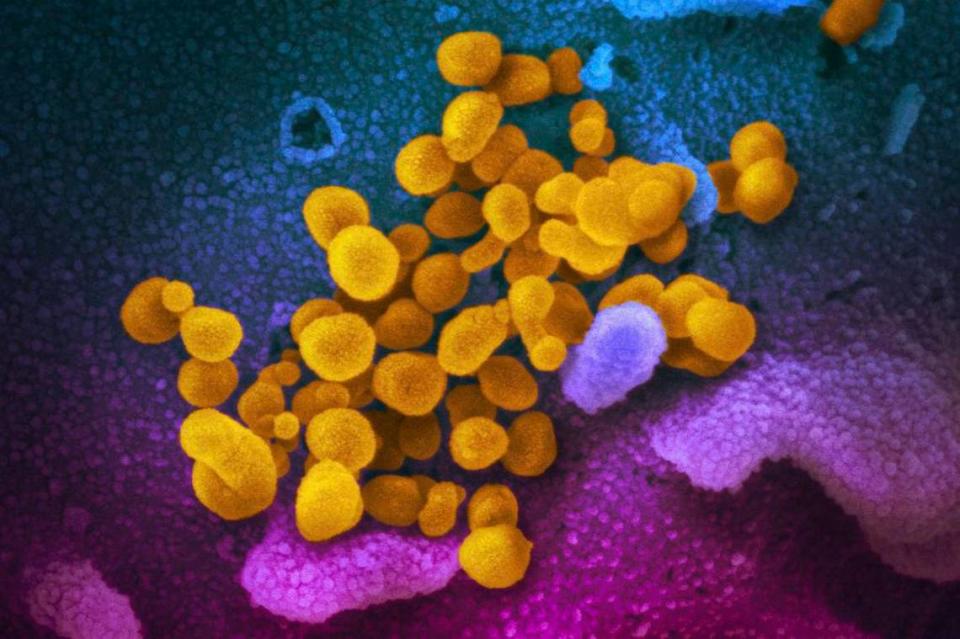Dust may hold clues for scientists hunting better tools to predict COVID outbreaks

Early in the pandemic, scientists learned they can study wastewater samples to predict COVID-19 community outbreaks by searching for viral particles in poop.
Now, researchers at The Ohio State University say they’ve found an easier, cheaper — and less smelly — alternative: dust.
After analyzing surface samples from doorknobs, desks and floors, as well as vacuum bags full of grime from rooms at the school where students with COVID-19 were isolated, the team found the coronavirus’s genetic material in 97% of the vacuum samples and 55% of the surface swabs.
The researchers didn’t test to see if the infected dust could transmit the virus back to people, but they did learn the genetic material, or RNA, persisted without decay for up to a month, offering “another non-invasive avenue” for monitoring COVID-19 outbreaks in buildings, particularly nursing homes, offices and schools.
A study on the findings was published Tuesday in the journal mSystems.
“We wanted to demonstrate that dust could be complementary to wastewater for surveillance. Wastewater is great for a large population, but not everybody sheds the virus in feces, and you have to collect wastewater samples, which not everyone wants to do,” Karen Dannemiller, senior author of the study and assistant professor of environmental health sciences at Ohio State, said in a statement. “People are already vacuuming these rooms, so dust may be a good option for some groups.”
The team collaborated with university staff responsible for cleaning the rooms where coronavirus infected Ohio State University students were isolated. Each vacuum bag contained dust from hallways, potentially some surfaces and about 30 to 50 rooms, the study says.
“We collected four bags total, so we would estimate they came from between 120 to 200 rooms total,” Dannemiller told McClatchy News in an email. Two homes where people who tested positive for COVID-19 lived were also sampled for the study.
Surfaces such as laptops, desks, doorknobs, bedside tables, bathroom counters, carpets and floors were swabbed, as well.
The cleaning crew sprayed a chlorine-based disinfectant in the rooms before swabbing surfaces and vacuuming, which may have destroyed the virus’s protective outer layer that helps it latch onto human cells. It’s also likely the coronavirus’s coat, while sitting in dust, may break down on its own over time.
This kind of COVID-19 outbreak surveillance would likely benefit smaller communities with high risk populations the most, Dannemiller said.
“In nursing homes, for example, you’re still going to need to know how COVID is spreading inside the building,” Nicole Renninger, lead author of the paper and an engineering graduate student in Dannemiller’s lab, said in the statement. “For surveillance purposes, you need to know if you are picking up an outbreak that’s going on right now.”
Not to mention, dust collection is much easier and less expensive than testing wastewater or testing all residents every day.
“We weren’t sure that the genetic material would survive — there are many different organisms in dust, and we weren’t sure we’d see any viral RNA at all,” Renninger said. “And we were surprised when we found that the actual RNA itself seems to be lasting a pretty long time.”
Will Pfizer COVID vaccine need a third dose? Company CEO explains why that’s ‘likely’
If you’ve had COVID, your first vaccine dose may cause worse side effects. Here’s why
What to know about rare blood clotting connected to Johnson & Johnson COVID vaccine

 Yahoo Movies
Yahoo Movies 